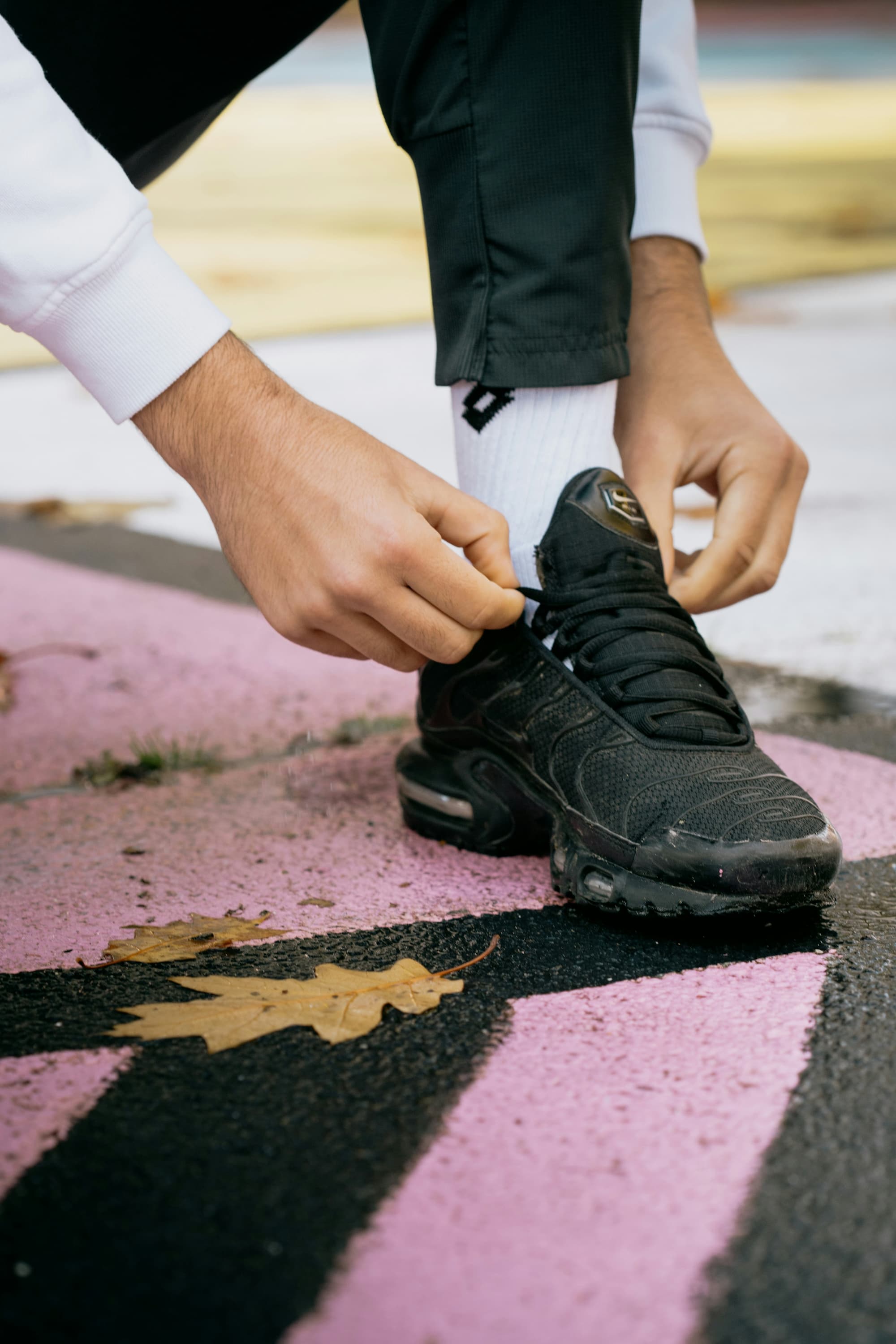If you’ve ever flown on a long-haul flight, you’ve probably noticed people pulling on long, tight socks. These are likely compression socks, and they’re not just a fashion statement – they serve a purpose. The question is: do you need compression socks for air travel?
Why use compression socks for air travel?

In an airplane cabin, you’re often immobile for hours, sitting in a confined space. That’s when blood can pool in your lower extremities due to the cabin’s lack of movement, gravity, and lower air pressure. The socks work by creating pressure on your legs, which pushes the blood back to your heart, helping to prevent circulation issues. This helps prevent the pooling of blood in the legs, which can reduce the risk of conditions like deep vein thrombosis (DVT), leg swelling (edema), and general discomfort from sitting for long periods.
Who should wear compression socks on flights?

Compression socks are particularly beneficial for people at a higher risk of developing blood clots or those who experience frequent leg swelling. However, the general recommendation extends to a wide variety of travelers. Let’s take a look at some groups that could benefit the most:
1. People with a history of DVT or blood clots
If you’ve ever had DVT, pulmonary embolism (PE), or any other blood clot issues, you’re already at a higher risk of experiencing these again, especially during extended periods of immobility like long flights. Studies show that prolonged sitting, especially on flights over four hours, can significantly increase the risk of DVT. Compression socks are a preventive measure often recommended by healthcare professionals in these cases.
2. Older adults
As we age, circulation naturally becomes less efficient. Older adults are at a higher risk for DVT and leg swelling. Compression socks can help mitigate some of these risks by ensuring better circulation during periods of prolonged sitting.
3. Pregnant women
Pregnancy increases the risk of blood clots, particularly in the later stages when there’s more pressure on your veins due to weight gain. Wearing compression socks on a flight can help pregnant women reduce the risk of DVT and keep their legs comfortable.
4. Anyone on a long-haul flight
Even if you’re in good health, sitting for an extended period on a plane can lead to mild swelling in the feet and legs. This is due to fluid retention, and compression socks can help minimize that.
How do compression socks work?

The socks apply graduated pressure, meaning they are tighter at the ankle and gradually loosen as they move up the leg. This encourages blood flow upward rather than allowing it to pool in your feet and lower legs. The pressure is measured in millimeters of mercury (mmHg), with common ranges between 15-30 mmHg for travel purposes. Some socks are mild (8-15 mmHg) for general swelling and discomfort, while others offer firm compression (20-30 mmHg) for more serious conditions like DVT or significant swelling.
If you’re considering using compression socks, it’s essential to choose the correct level of compression based on your needs. For general travel, mild compression (15-20 mmHg) should suffice. However, if you have a history of blood clots or are prone to severe swelling, your doctor may recommend a stronger compression level.
Potential downsides
Compression socks are generally safe to use, but they’re not suitable for everyone. For instance, if you have peripheral arterial disease or other circulatory issues that affect blood flow to your legs, compression socks could worsen the problem. In such cases, you should always consult your doctor before wearing them.
Additionally, improperly fitted compression socks can lead to discomfort, especially if they’re too tight. Make sure to measure your legs or get fitted properly to avoid any adverse effects.
Final verdict: Do you need compression socks for air travel?

For most people on a long-haul flight, compression socks can be an inexpensive and effective way to maintain circulation, reduce swelling, and lower the risk of DVT. However, if you’re only flying short distances or have no underlying health issues, compression socks might not be necessary. The key factors to consider are the length of your flight, your health condition, and your general comfort levels.
If you’re unsure whether compression socks are right for you, consult your doctor, especially if you have any underlying conditions that may increase your risk of DVT or circulation problems.
FAQs

How long should I wear compression socks during a flight?
Put them on before the flight and wear them the entire time, including for a while after you land.
Can compression socks be harmful?
They’re generally safe, but if you have certain circulatory issues like peripheral arterial disease, consult a doctor first.




